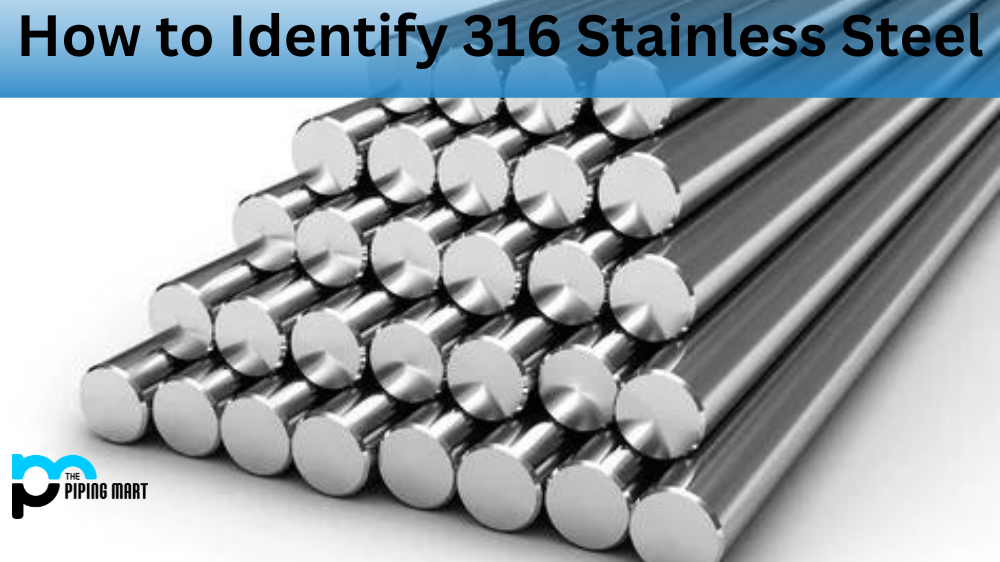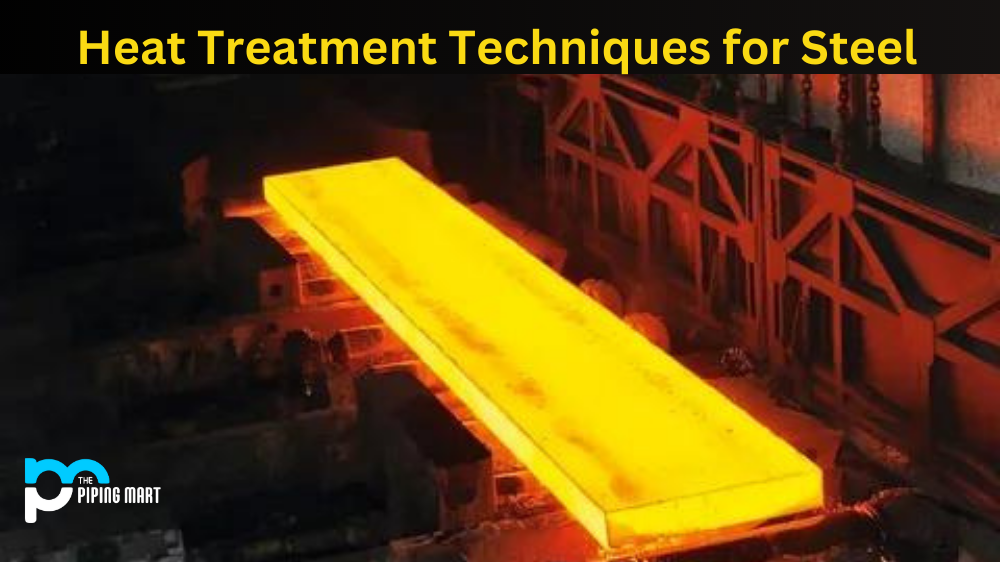Stainless steel is a popular material used in many applications. It’s highly durable, corrosion-resistant, and hygienic, making it an ideal choice for various uses. One of the most common types of stainless steel is 316 stainless steel, also known as A4 stainless steel. This blog post will explain how to identify it and what makes it such a great choice for certain applications.
How to Identify 316 Stainless Steel
Identifying 316 stainless steel can be done in one of two ways: visually or chemically. Visually, you can look for signs that the material has an austenitic microstructure. This means that the metal will have a slightly grainy appearance and be non-magnetic since it contains more chromium than carbon steel. Additionally, if properly identified, 316 stainless steel will be stamped with the number “316” or “A4” on its surface.
Chemically, you can use sodium hydroxide or hydrochloric acid to test whether the material is 316 stainless steel. If exposed to either of these substances, genuine 316 stainless steel will not corrode or discolor as other metals might. This chemical resistance is one of the reasons why this type of metal is so popular for use in industrial settings where it may come into contact with harsh chemicals or solvents regularly.
Benefits of Using 316 Stainless Steel
In addition to its superior chemical resistance, there are several other advantages to using 316 stainless steel over other metal alloys. It doesn’t require much maintenance since it won’t rust easily and can withstand extreme temperatures without becoming brittle. This trait makes it perfect for use in high-heat environments like automotive exhaust systems and power plants. Furthermore, this type of metal won’t rust when exposed to water as some other metals might due to its higher levels of chromium content which create an additional layer of protection against corrosion. Finally, because it’s non-magnetic, this type of stainless steel won’t attract metallic particles, which could compromise its structural integrity over time—making it ideal for use in food processing equipment where sanitation must remain the top priority at all times.
Conclusion:
Whether you’re looking for a strong and durable material for industrial applications or something that can stand up well against extreme temperatures and harsh chemicals without requiring too much maintenance or upkeep, then 316 stainless steel should definitely be at the top of your list! Its superior chemical resistance and non-magnetic qualities make it an ideal choice for any project requiring tough materials that won’t corrode easily over time—so make sure you keep this helpful guide handy when trying to identify whether or not something is made from genuine 316 stainless steel!

Abhishek is a seasoned blogger and industry expert, sharing his insights and knowledge on various topics. With his research, Abhishek offers valuable insights and tips for professionals and enthusiasts. Follow him for expert advice on the latest trends and developments in the metal industry.




